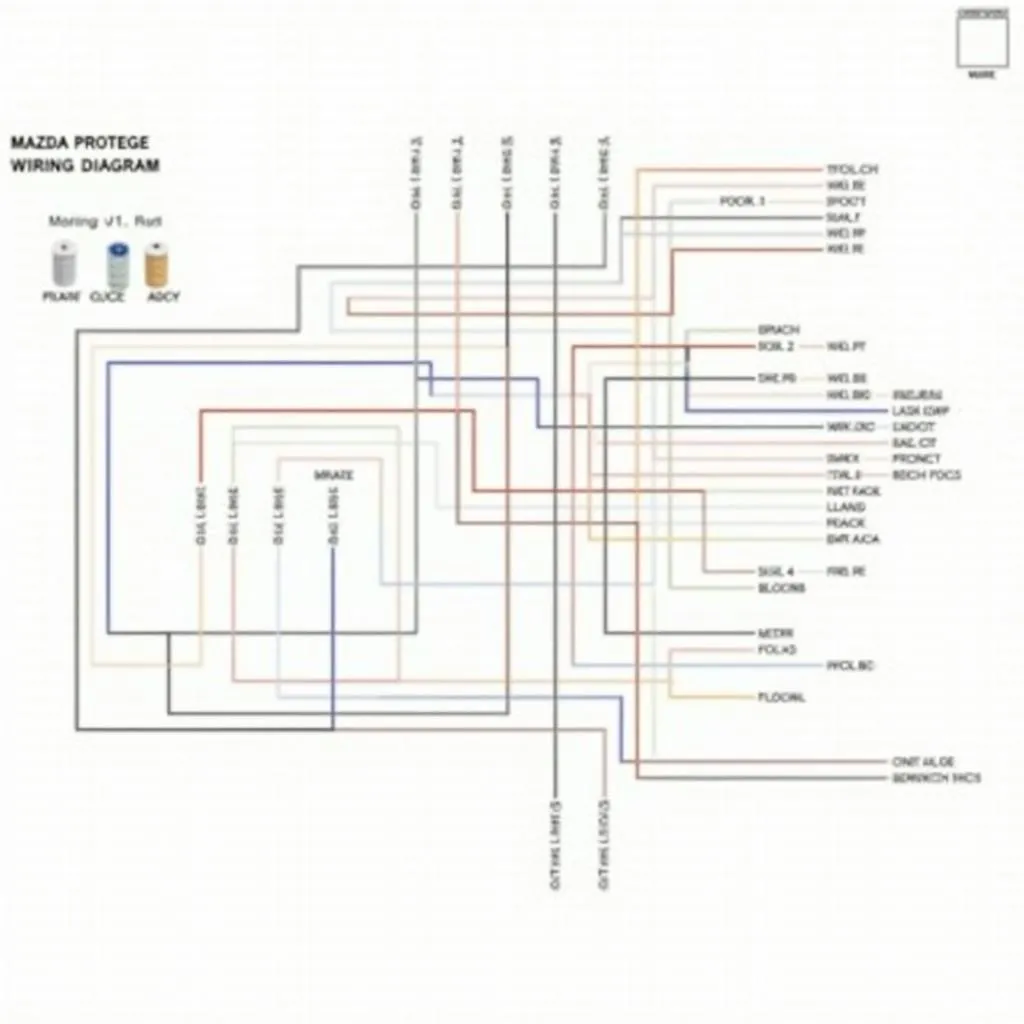Are you experiencing AdBlue issues with your Citroën C4 Picasso? You’re not alone. Many Citroën owners face this problem, which can be frustrating and expensive. This guide will help you understand AdBlue, common issues, and how to reset your Citroën C4 Picasso’s AdBlue system. We’ll also cover what to do if your AdBlue warning light is on and how to troubleshoot and resolve the problem.
What is AdBlue?
AdBlue is a solution of urea in demineralized water that’s used to reduce harmful nitrogen oxides (NOx) emissions from diesel engines. It’s injected into the exhaust system, where it reacts with NOx to convert them into harmless nitrogen and water.
Common Citroën C4 Picasso AdBlue Problems
Several common AdBlue issues can affect your Citroën C4 Picasso, including:
- AdBlue Tank Empty: The AdBlue tank can run empty, triggering a warning light.
- AdBlue Sensor Malfunction: The AdBlue sensor may malfunction, causing inaccurate readings and triggering false warnings.
- AdBlue System Fault: Your AdBlue system may have a fault, causing problems with AdBlue injection or the system’s functionality.
- AdBlue Quality Issues: Using low-quality AdBlue can damage your AdBlue system or cause performance issues.
Citroën C4 Picasso AdBlue Reset Procedure
If your AdBlue warning light is on, you’ll need to reset the system to clear the warning. This process might vary slightly depending on your vehicle’s year and model. Here’s a general guide:
- Ensure Your AdBlue Tank is Full: Before resetting, ensure your AdBlue tank is full. You can use a funnel to fill it or have it refilled by a professional.
- Turn the Ignition On: Turn your Citroën C4 Picasso’s ignition on, but don’t start the engine.
- Access the On-Board Computer (OBC): Use the buttons on your steering wheel or dashboard to access the OBC.
- Locate the AdBlue Settings: Navigate through the OBC menus until you find the AdBlue settings or “Reset AdBlue” option.
- Reset the AdBlue System: Follow the prompts on the display to reset the AdBlue system. This might involve holding down a button or pressing a specific sequence.
- Confirm Reset: The AdBlue warning light should turn off after a successful reset.
Expert Tips for Citroën C4 Picasso AdBlue Reset
Expert Name: James Smith, Certified Automotive Technician
Quote 1: “Remember, if you’re unsure about any step in the AdBlue reset procedure, it’s best to consult your owner’s manual or seek professional help.”
Quote 2: “Using a high-quality AdBlue is crucial to avoid damaging your AdBlue system. Always choose a reputable brand and ensure it’s compatible with your vehicle.”
Quote 3: “If the AdBlue warning light persists even after a reset, you may have a more serious issue that requires professional diagnosis and repair.”
Frequently Asked Questions (FAQ)
Q: How often should I refill my AdBlue tank?
A: The AdBlue tank refill frequency depends on your driving habits and engine size. Consult your owner’s manual for specific recommendations.
Q: What happens if I don’t refill my AdBlue tank?
A: If your AdBlue tank runs completely empty, your vehicle may go into limp mode, limiting engine power and reducing performance.
Q: Can I add water to my AdBlue tank?
A: No, never add water to your AdBlue tank. Adding water can damage your AdBlue system and compromise its effectiveness.
Q: Can I use diesel fuel instead of AdBlue?
A: No, diesel fuel and AdBlue are not interchangeable. Using diesel fuel in your AdBlue tank can severely damage your vehicle’s engine and exhaust system.
Q: Can I reset my AdBlue system using an OBD2 scanner?
A: While some OBD2 scanners may offer AdBlue reset functions, they’re not always compatible with all vehicles. Consulting your owner’s manual or a qualified mechanic is recommended.
Conclusion
Successfully resetting your Citroën C4 Picasso’s AdBlue system can be a simple fix for many common problems. By following the steps outlined above, you can clear the AdBlue warning light and get back on the road. However, if you experience persistent issues, seeking professional assistance is recommended to avoid further complications.


